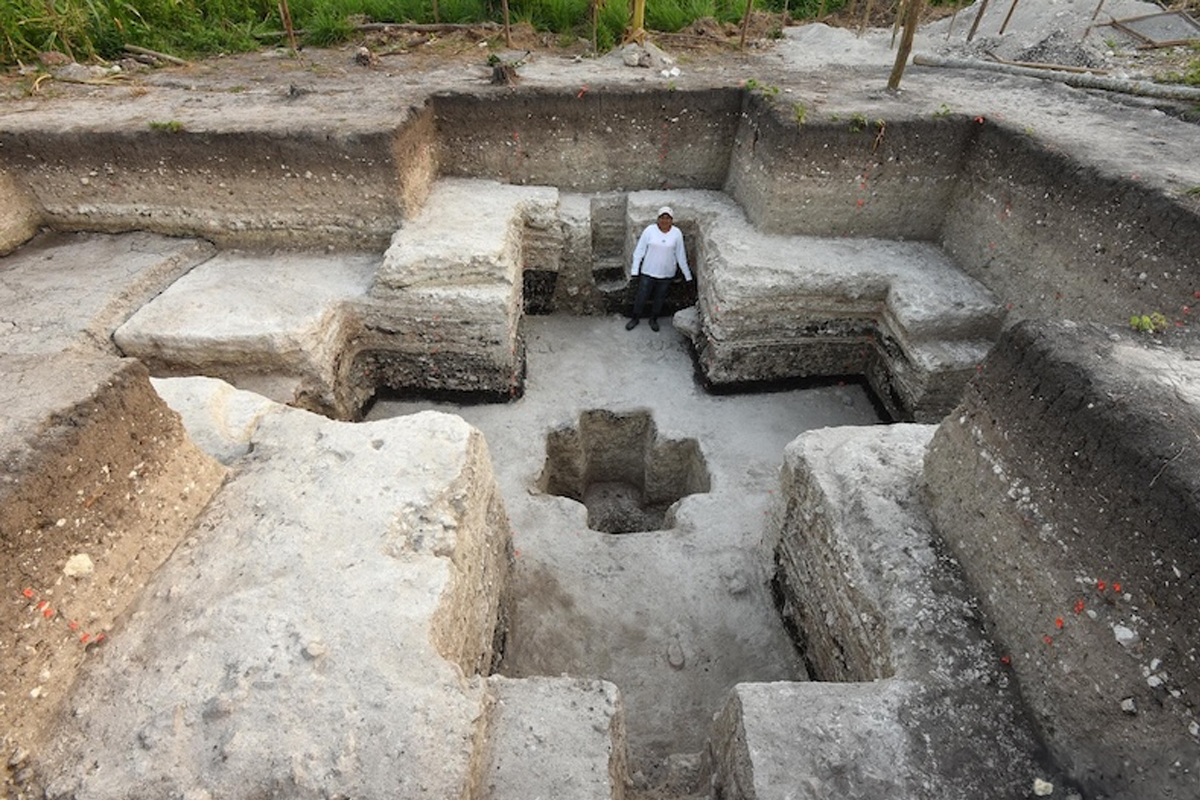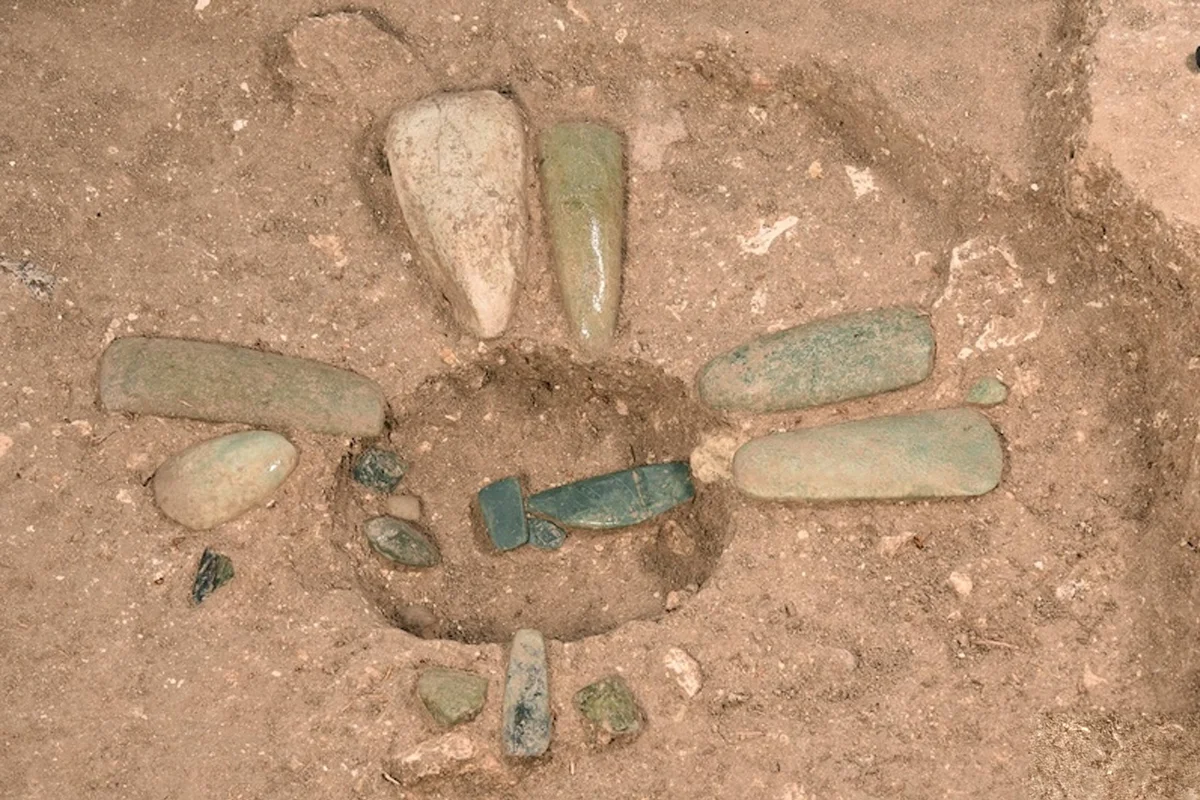Archaeologists have made a monumental discovery at the Aguada Fénix site in Tabasco – a 1,000-year-old Cosmogram that served as a material map of the universe.
Aguada Fénix was first identified following a LiDAR survey in the dense forests near the Guatemalan border. Initial studies revealed a large Middle Preclassic Mayan ruin dated to around 1000 BC to 800 BC, which is centred on a 1,400-metre-long flattened mound constructed of earth and clay.
Unlike later Maya sites dominated by kings and temples, Aguada Fénix shows no clear signs of centralised leadership, suggesting that its construction was a collective effort by a relatively egalitarian society.

According to a new study published in Science Advances by the Middle Usumacinta Archaeological Project, Aguada Fénix served as a Cosmogram where symbolic space and architecture embodied celestial and temporal order.
“The results showed that the plan of Aguada Fénix consisted of nested cross patterns, which likely formed a cosmogram representing worldviews and calendrical concepts,” said the study authors.
“We do not think that Aguada Fénix had rulers comparable to those of Olmec centres, but there were most likely community leaders with a certain level of prestige and power. The large cosmogram was probably designed by these leading figures, who had specialised skills and knowledge of astronomical observations and calendrical calculations.”


Excavations at the site also unearthed a cruciform cache on the platform’s east–west axis, consisting of 24 clay axes, some of which are painted red. This deposit contained a square base of black clay holding a central wooden post and decorated with coloured pigments: blue (azurite) to the north, green (malachite) to the east, and yellow ochre (goethite) to the south.
The study was conducted by the Middle Usumacinta Archaeological Project, working in collaboration with the University of Arizona and the National Institute of Anthropology and History (INAH).
Header Image Credit : NCALM & INEGI

